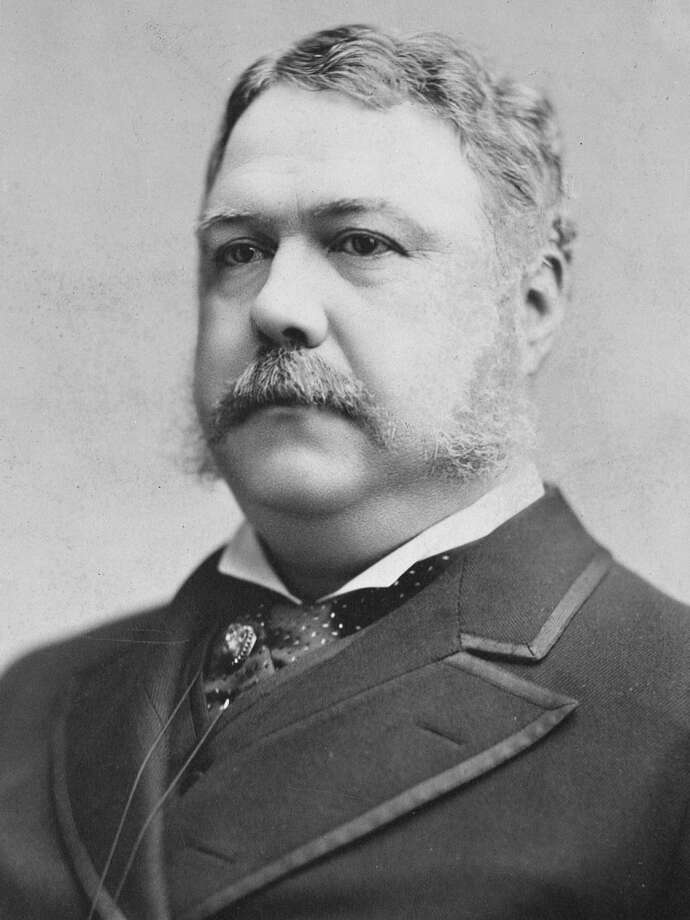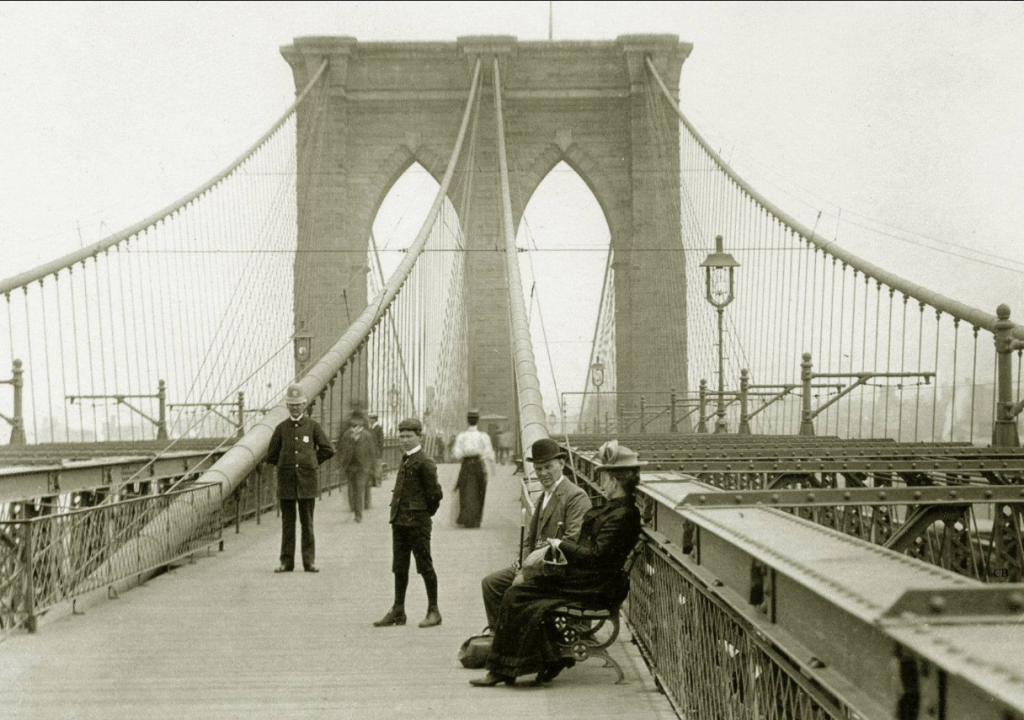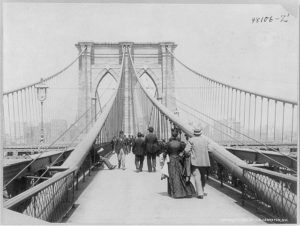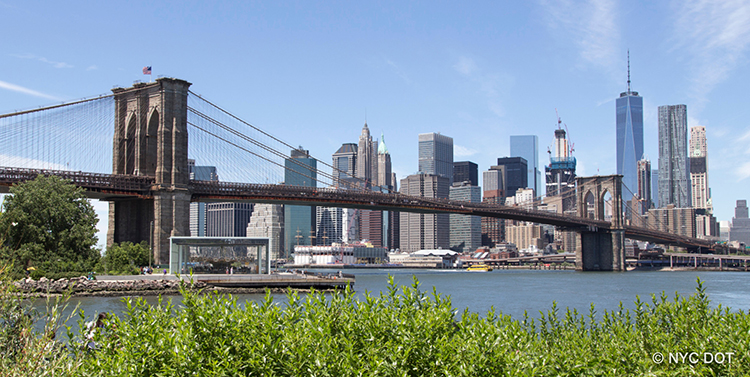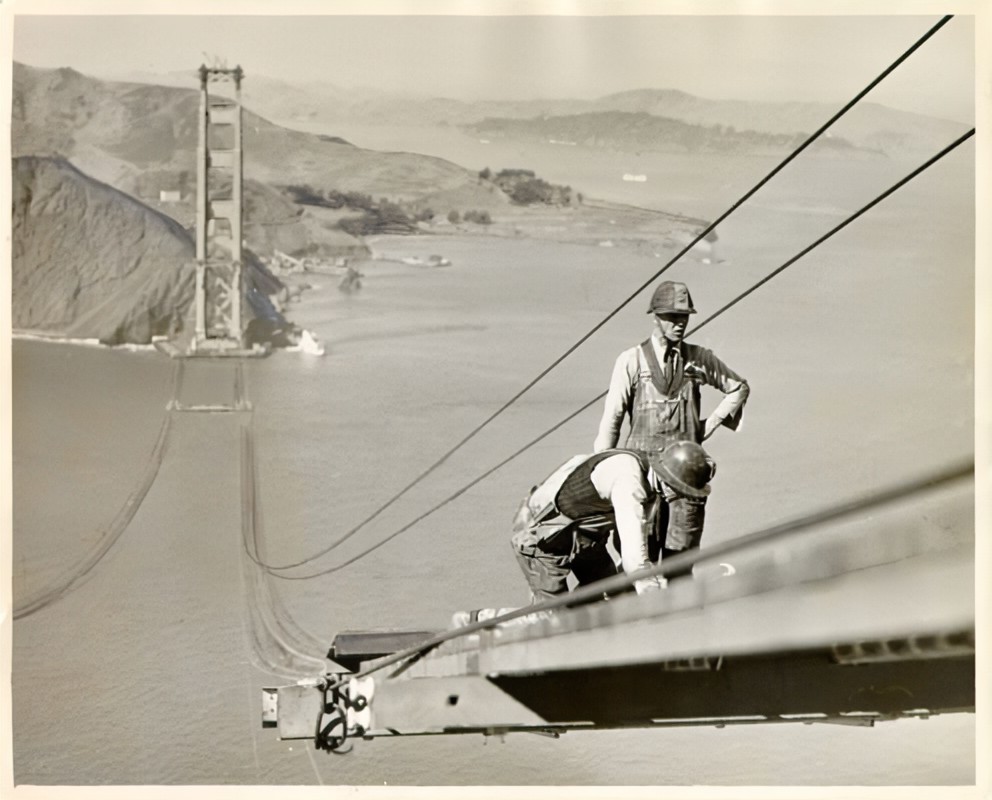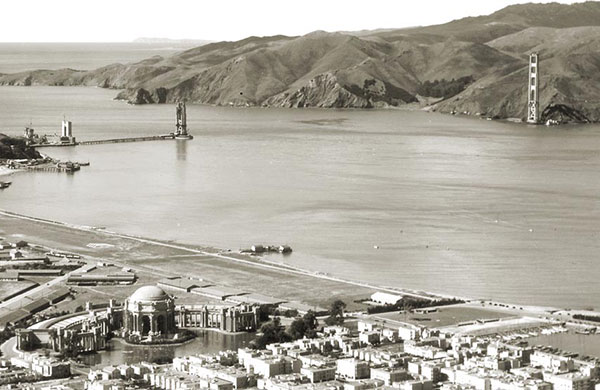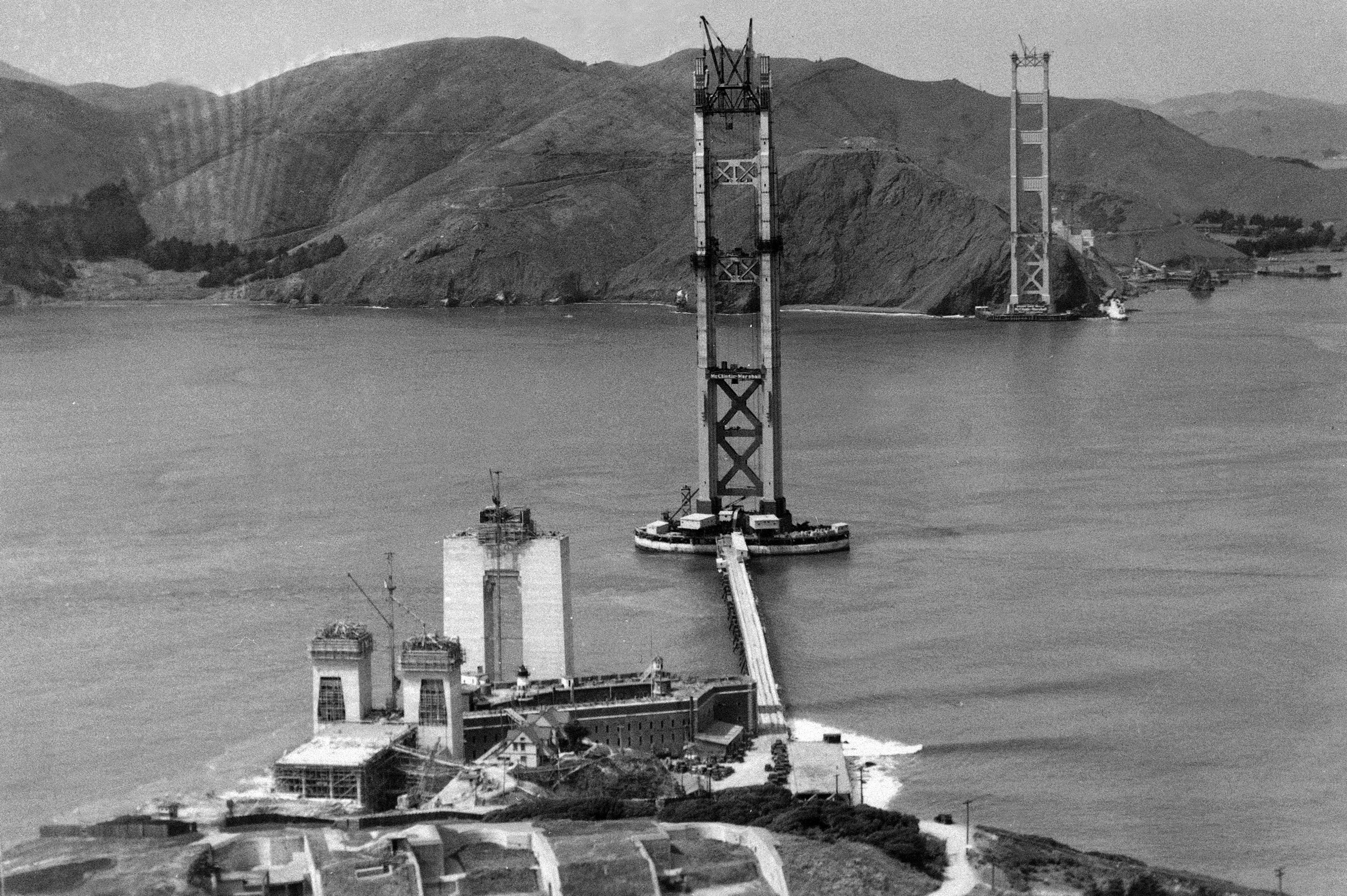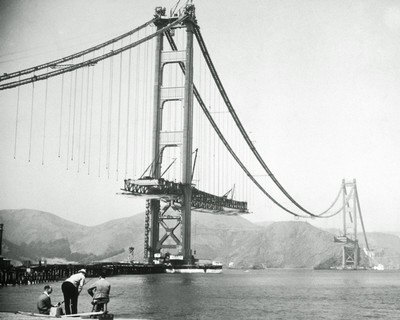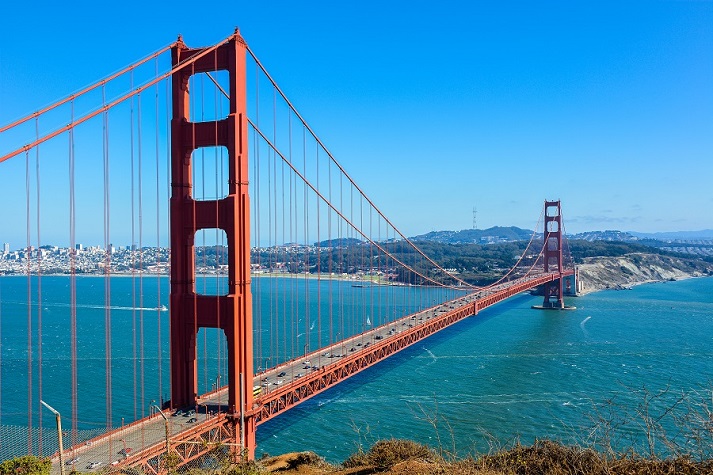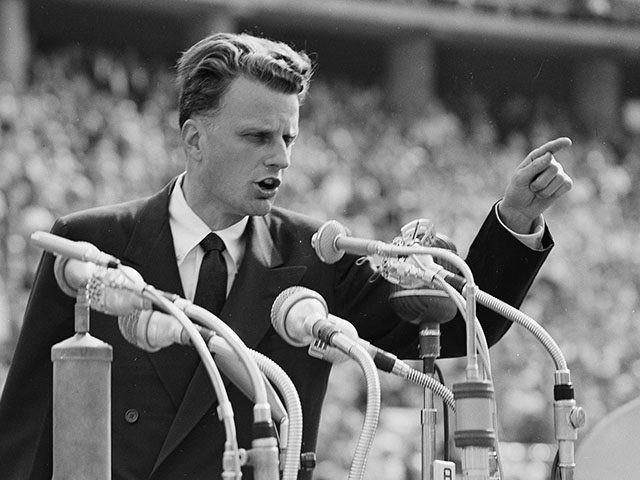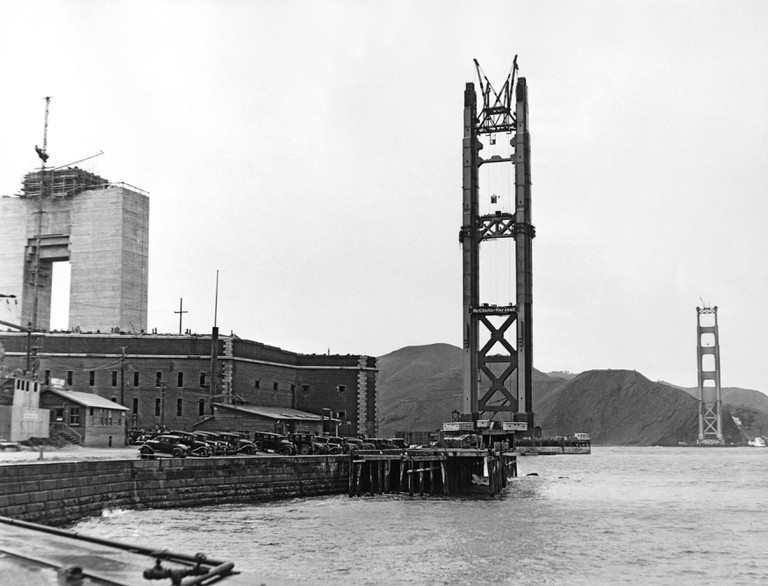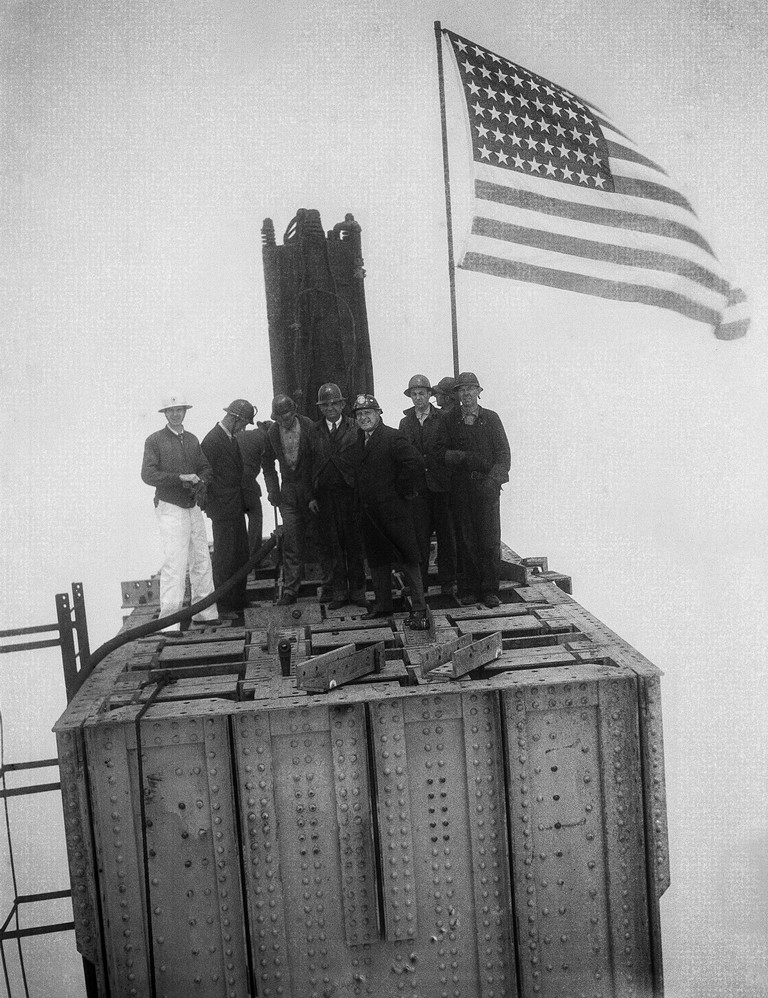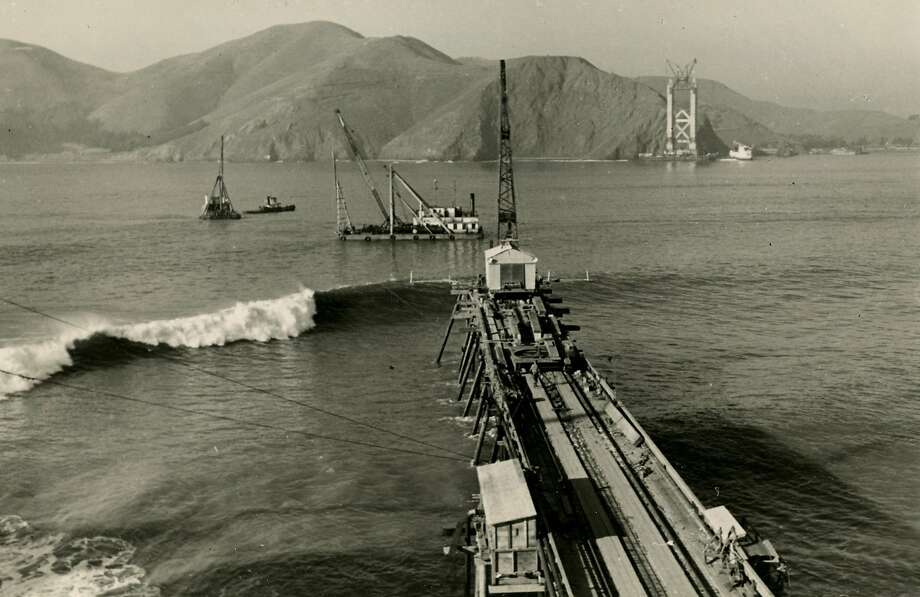
On January 5, 1933, construction began on the Golden Gate
Bridge, as workers began excavating 3.25 million cubic feet
of dirt for the structure’s huge anchorages.
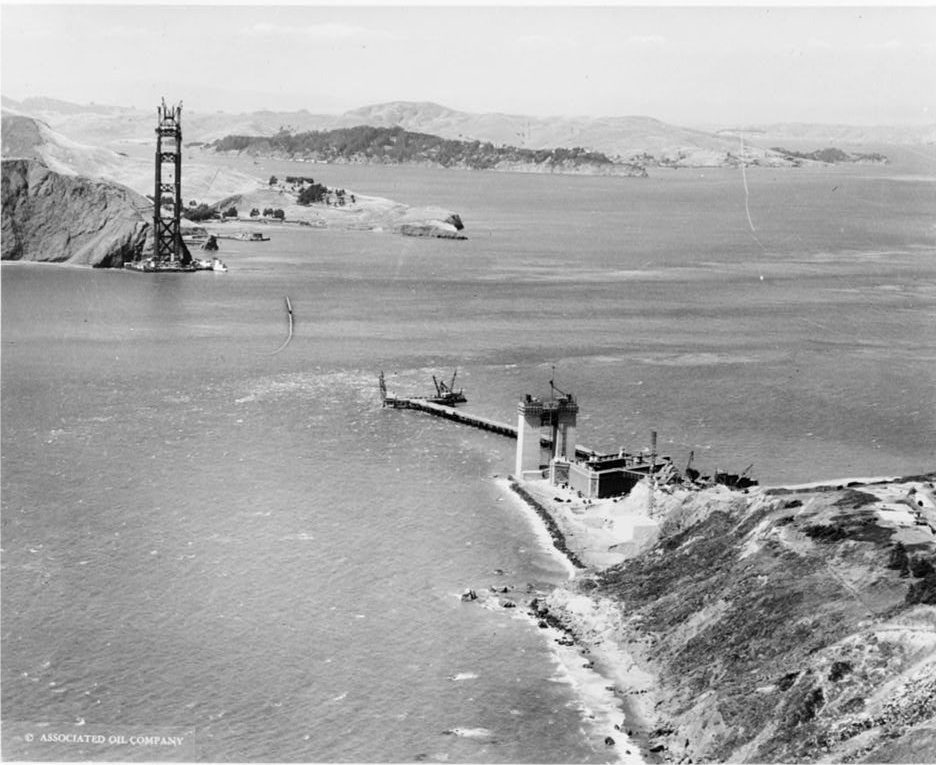
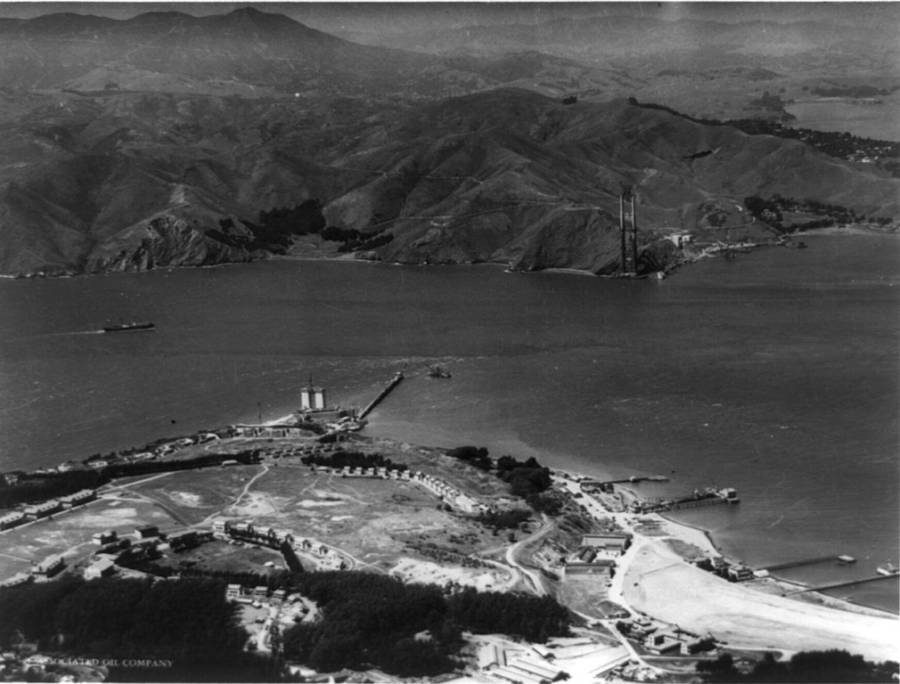
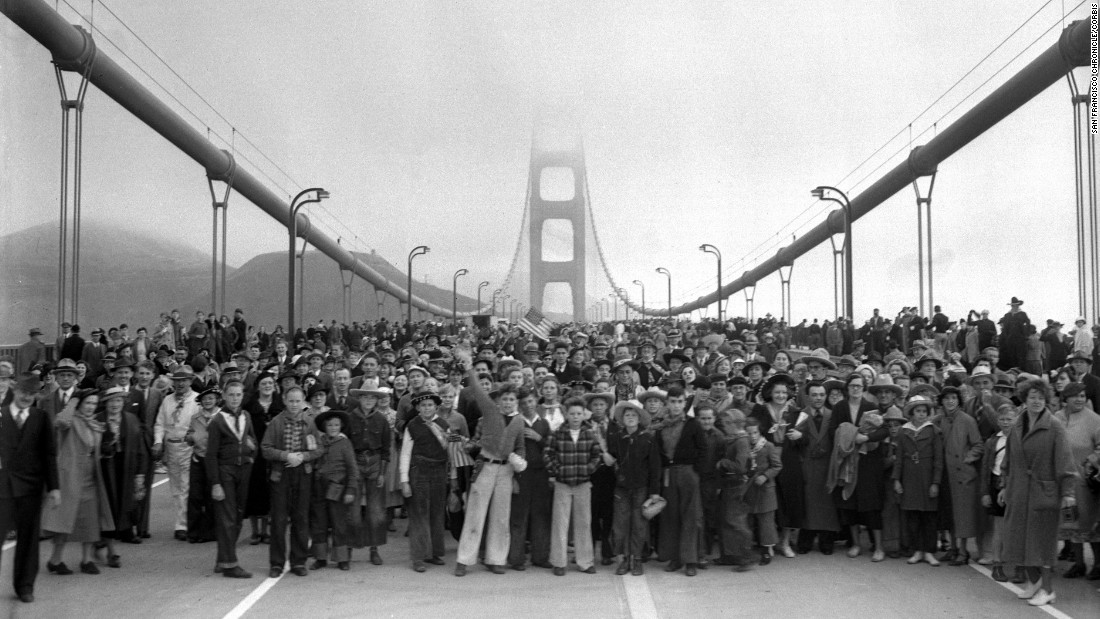
On May 27, 1937, the Golden Gate Bridge was opened, Celebrations lasted for a week! Vehicles were not permitted to cross on the first
day, so 200,000 people made their way across the bridge on foot
or roller skaters. The day after it opened, President Roosevelt, who
was in Washington D.C., had pushed a button that allowed vehicles across the bridge.


